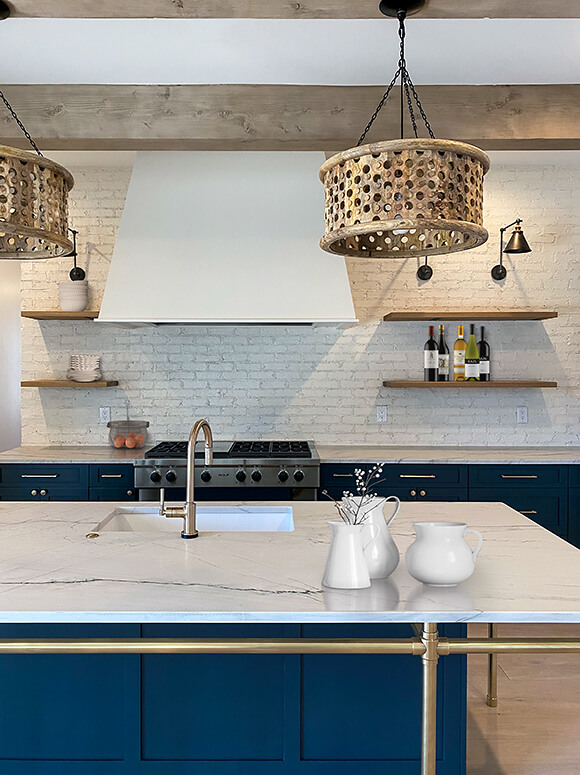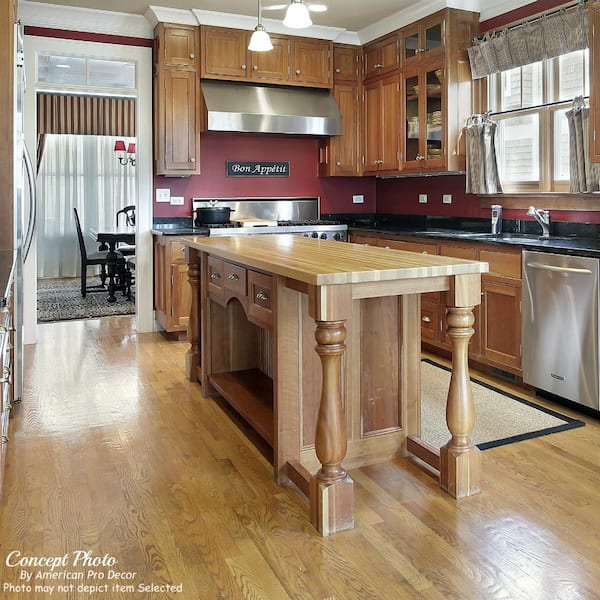Elevate Your Area with Trendy Legs For Kitchen Island Designs
Elevate Your Area with Trendy Legs For Kitchen Island Designs
Blog Article
Vital Elements to Think About When Choosing Legs For Kitchen Island
Picking the proper legs for a kitchen island includes a cautious analysis of several variables that can substantially influence both performance and aesthetic charm. As we explore these aspects, it becomes clear that each decision can have far-ranging implications for the total kitchen experience.
Product Options
When picking legs for a kitchen area island, recognizing the various product options is necessary for achieving both aesthetic allure and structural stability (Legs For Kitchen Island). The selection of product considerably affects not just the sturdiness of the island yet also its general style and capability
Metal legs, frequently made from stainless steel or wrought iron, contribute a commercial and contemporary feeling while making certain durability and stability. These materials are immune to put on and can support considerable weight, making them suitable for bigger islands.
One more choice is engineered materials, like MDF or plywood, which can be much more affordable while still providing a series of finishes. They may not offer the same degree of security as solid wood or steel. Legs For Kitchen Island. Last but not least, products such as acrylic or glass can produce a modern appearance, though they may require extra support to make certain stability.
Eventually, the selection of material for kitchen island legs should line up with the preferred capability and the total style of the cooking area.
Design And Style

When considering style, the shape and finish of the legs are vital. Conical legs can supply a feeling of agility and style, while thicker, more robust legs can convey strength and stability. Additionally, the finish-- be it repainted, stained, or natural-- should complement the cabinetry and countertop materials to develop a unified appearance.
In addition, the layout of the legs can additionally mirror individual preference. Custom or decorative legs, such as those featuring intricate makings or unique geometric forms, can offer as focal factors, adding character and personality to the cooking area. Inevitably, the ideal option will not only boost performance however also elevate the visual charm, making the kitchen island a standout feature of the home.
Elevation Considerations
Choosing the proper height for cooking area island legs is essential, as it straight impacts both capability and comfort. The common height for a kitchen area island generally varies from 36 to 42 inches, aligning with typical kitchen counter heights.

It is also important to account for customers' elevations and preferences. Personalizing the height can make certain a comfy experience for all relative, making the cooking area island a much more useful and pleasurable space.
Weight Assistance
Making sure adequate weight assistance for kitchen area island legs is vital for both safety and performance. The kitchen island usually serves numerous functions, including cooking, dining, and extra storage, requiring a robust assistance structure. When choosing legs, it is crucial to take into consideration the overall weight capability required based on the island's planned use and the products that will be positioned on it.
The selection of material for the legs plays a substantial function in their weight-bearing capacities. Solid wood, steel, and heavy-duty compounds usually give superior strength compared to lighter materials. Furthermore, the style of the legs-- whether they are directly, tapered, or have a pedestal type-- can affect their ability to distribute weight successfully throughout the structure.
Additionally, the leg positioning ought to be purposefully intended to enhance stability. Legs placed at the edges or with a bigger base can better support much heavier tons. Always seek advice from the maker's specifications concerning load restrictions to make sure that the legs can maintain the intended weight without endangering safety and security. In recap, selecting kitchen area island legs with ample weight support is crucial for developing a functional and secure culinary area.
Setup and Maintenance
Proper installation and upkeep of cooking area island legs are important for making certain durability and stability. To begin, it is necessary to adhere to the supplier's guidelines during installment. This usually entails protecting the legs to the island base making use of proper fasteners, ensuring that the legs are degree and lined up. Utilizing a degree tool can help protect against tottering and enhance the total aesthetic appeal of the cooking area island.
As soon as installed, normal maintenance is needed to preserve the honesty and appearance of the legs - Legs For Kitchen Island. For wood legs, periodic cleansing with a damp fabric and application of suitable wood gloss can avoid dampness damage and preserve their finish. Metal legs might require a gentle cleansing service to get rid of grease and gunk, adhered to by a dry fabric to avoid rust development
Additionally, check the legs routinely for indications of wear or damages, see post such as splits or loose joints. Tightening up screws or screws as required can additionally extend the life-span of the legs. By adhering to these setup and upkeep techniques, house owners can guarantee that their kitchen blog here island stays sturdy and visually appealing for several years to come.
Final Thought

Visual coherence is vital in picking the style and design of legs for a kitchen area island, as these components greatly influence the general setting of the room. Tapered legs can offer a sense of agility and style, while thicker, more robust legs can communicate stamina and security.Picking the appropriate height for kitchen area island legs is vital, as it straight influences both functionality and comfort. In summary, choosing kitchen area island legs with appropriate weight assistance is crucial for creating a functional and risk-free culinary space.
In final thought, choosing legs for a kitchen area island requires cautious consideration of different aspects, including material choices, style, height, weight support, and installation.
Report this page